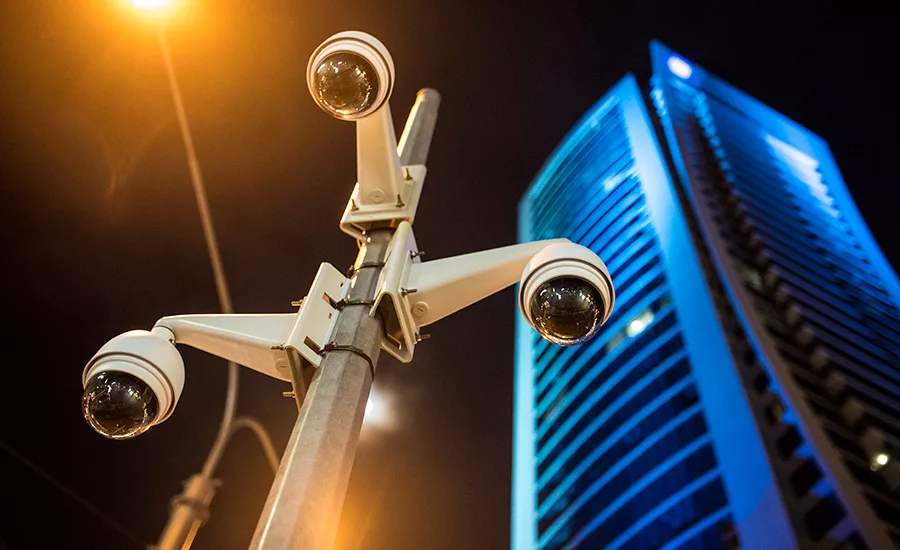To Curb Car Break-Ins, San Francisco Bolsters Garage Security

To address smash-and-grab car break-ins at the seven parking garages owned by the Municipal Transportation Agency, San Francisco officials are upping their game on security measures. Since May, the SFMTA has added high-definition security cameras, license plate readers, protective fencing, intercom systems and, in some locations, police officers, according to the San Francisco Chronicle.
The results so far have been promising, according to city officials. Last year, 1,520 car break-ins were reported at city garages. At the Sutter-Stockton garage, there were around 40 break-ins on average each month from November 2017 to January. After the installation of cameras, fencing and other measures (including brighter lighting) in February, only nine break-ins were reported in March, and so far in April, none have been reported at this garage, according to Tom Maguire, director of the SMFTA’s Sustainable Streets program.
Footage collected by the HD cameras, which are placed at every entry and exit point to the garages, as well as point-of-sale areas, will be fed into a centralized hub where SFMTA officials can monitor it.
Later this week, Mayor Mark Farrell, SFMTA Director Ed Reiskin and San Francisco Police Chief Bill Scott will announce a $32.5 million plan to enact similar security upgrades and improvements at all 20 of the city’s parking garages and two of its lots by 2020.
“The pilot efforts in these initial garages have had great initial success, and we need to blow this out across all of our city garages,” Farrell said in the Chronicle article. “Parking garages are an obvious hot-spot area, but it’s also an area that we can control as a city government. People shouldn’t feel like it’s a gamble to park their cars at city-owned garages in San Francisco.”
The added security dovetails with the city’s broader efforts to address property crime, including a public-safety campaign reminding tourists and residents not to leave valuables in their vehicles.
Citywide, auto break-ins fell 17 percent in the period from January through March, compared with the same period in 2017.
Looking for a reprint of this article?
From high-res PDFs to custom plaques, order your copy today!




